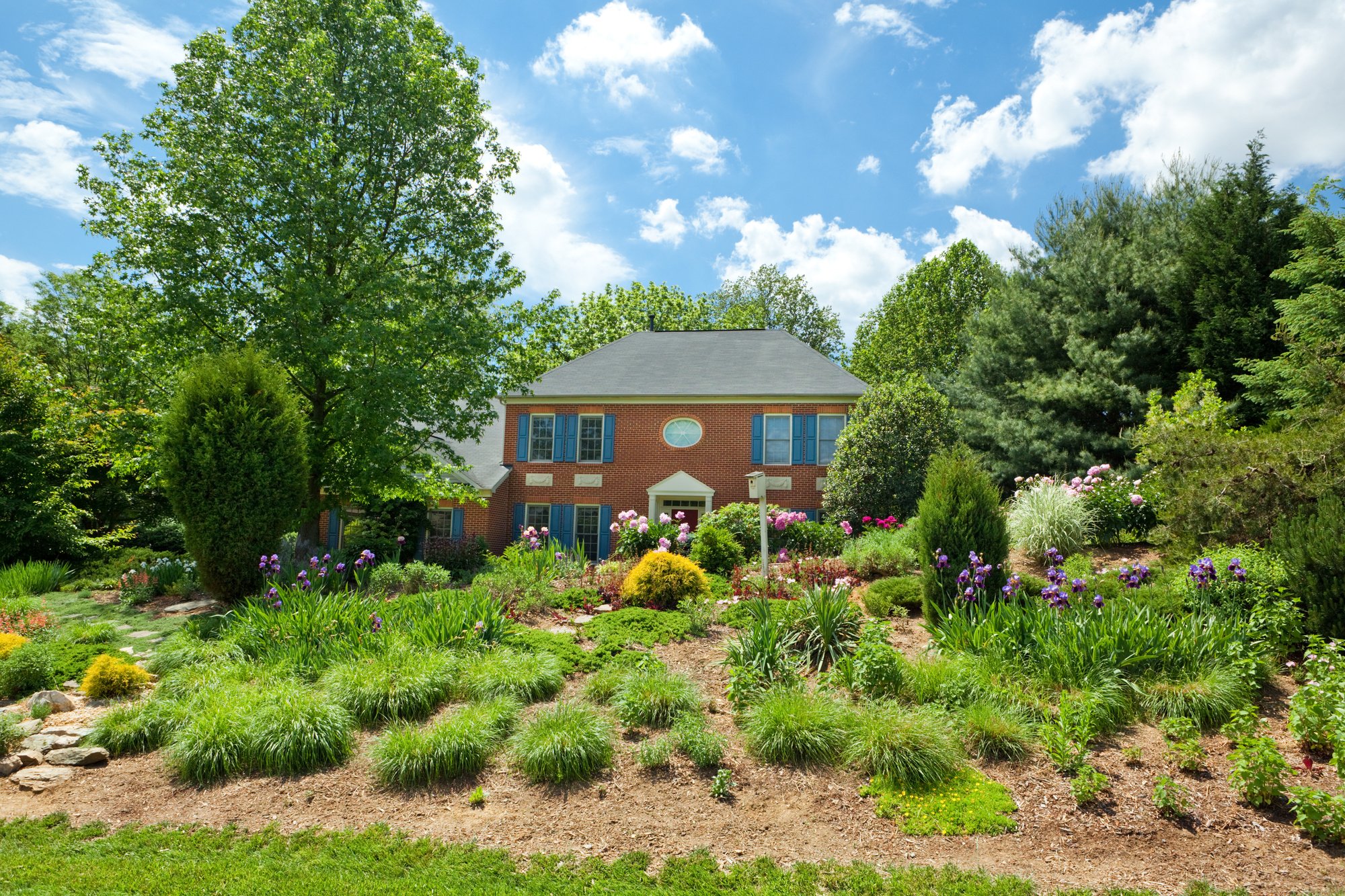
5 Professional Landscaping Tips to Use Every Day
June 30, 2020
Watering Plants in the Hottest Months of the Summer
June 30, 2020Creating an outdoor space that you and your family can enjoy on a regular basis is one of the main goals for many landscapers. There’s nothing like heading outdoors and enjoying the weather with the people that matter the most to you. These days, people treat their pets just like family members. That’s why you need to stay aware of the potential health risks that your landscaping presents for pets.
The last thing you want is to have your pet experience illness or health issues because of a small landscaping oversight. It’s all about finding a balance between working hard on your landscaping and making sure your family is safe while they are enjoying the fruits of your labor. Keep reading below to learn about some of the main landscaping health risks for your pets and how to avoid them. Remember that you can always reach out to Cal Blend Soils if you are interested in purchasing the best landscaping products on the market to help you accomplish your goals. Connect with one of our team members today to learn more.
Risk #1 – Insects
One of the beautiful things about creating an outdoor landscape that you love to spend time in is the fact that it intersects directly with nature. Since your landscaping features live plants and a variety of different species of them, the chances are good that insects will be present. Most insects are harmless and can even be beneficial to your landscaping, but there are certain types that can cause health issues for your pets.
The biggest health risk for your pets related to insects has to be the possibility of a tick attaching itself to your four-legged friends. Ticks usually hang out on your lawn and can spread diseases to your pets if they bite your animals. The best way to avoid this health risk for your pets is to make sure your pets are getting flea and tick prevention care. You can also apply certain chemicals to your lawn that will keep ticks off of your landscaping. Make sure you check your pets for ticks after they spend time outside in your lawn to avoid letting ticks and other insects harm them.
Risk #2 – Landscaping Chemicals
Creating a lush and vibrant landscape often requires the use of special landscaping chemicals. These chemicals serve a variety of different purposes such as keeping your lawn green and removing worrisome pests from the equation. However, landscaping chemicals like pesticides and fertilizers can be harmful to your pets’ health and should be used sparingly if you want to ensure that your pets are safe.
The problem with fertilizers and pesticides is that your pets can absorb or inhale them. Those chemicals can go directly into your pet’s bloodstream and cause serious health issues if you aren’t careful. There’s a reason why most landscaping companies leave behind a sign that suggests keeping pets off of the lawn that has been treated with chemicals. If you decide to use landscaping chemicals on your property, make sure you choose a pet-friendly option or follow the manufacturer’s instructions to keep your pets as safe as possible.
Risk #3 – Toxic Plants
When you are initially planning out your landscaping, it is an exciting time. There are so many possibilities and different plants to choose from. Unfortunately, some of those options can present health risks to your pets. There are specific types of plants and flowers that can be toxic for your pets should they be consumed. That’s why it’s a good idea to research the plants you are considering before adding them to your property.
Some of the most toxic plants for pets include azaleas, oleanders, and foxglove. We all know how much our pets love to eat random things, which is why you need to be extra careful about what you plant on your property. Toxic plants can cause your pets to vomit, experience diarrhea, or even lead to death if they consume excessive amounts of them. This landscaping health risk for pets is easy to avoid if you do your research ahead of any planting.
Risk #4 – Metal Edging
Many landscapers use metal lawn edging to create sharp lines and keep their properties organized from a landscape design perspective. There’s something special about a flowerbed or garden with perfectly defined edges. Although they can be very helpful for landscapers, metal edging presents a safety risk for your pets that cannot be ignored.
Metal edging around your flowerbeds and gardens can actually slice open the pads on your pet’s paws and even lead to severed tendons in the worst-case scenarios. This is simply not a risk that pet owners should feel like they have to take. Instead, opt for edging that is made from plastic and other pet-friendly materials.
Risk #5 – Heat Exhaustion
If your property receives a ton of sunlight on a daily basis, you are probably thrilled. We all know how important it is for plants to get the sunlight that they need to thrive. However, landscapes that don’t feature a lot of shade can present certain health risks for our pets. This is especially the case if you live in a region with extremely hot weather during the summer.
Without any shade in your yard, your pets are at risk for dehydration and even heat exhaustion. Most pets will be alright after experiencing excessive heat, but sometimes it can lead to heatstroke. This is a health risk that you need to be conscious of if your landscaping doesn’t feature a lot of shade.
Keep Your Pets Safe
We hope that this list has brought you some valuable information about keeping your pets safe on your landscaping. Letting your pets enjoy your landscaping without any health risks is straightforward as long as you are aware of these potential problems. Remember to reach out t to Cal Blend Soils if you have any questions about your landscaping and how our great landscaping supplies can help you achieve your goals.


